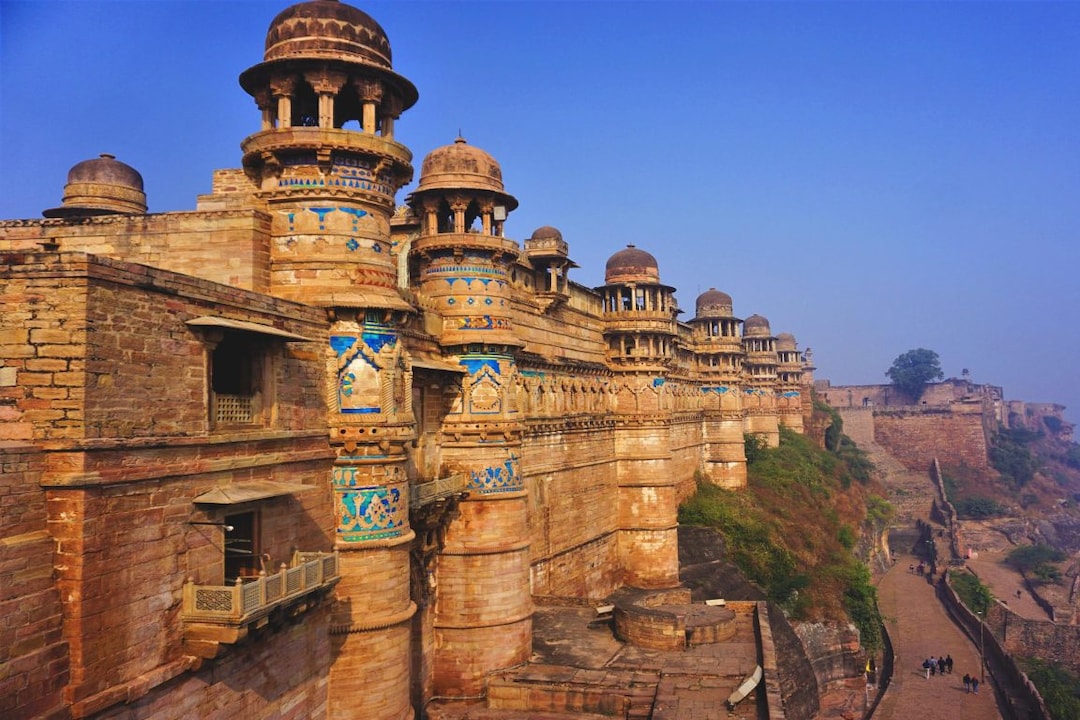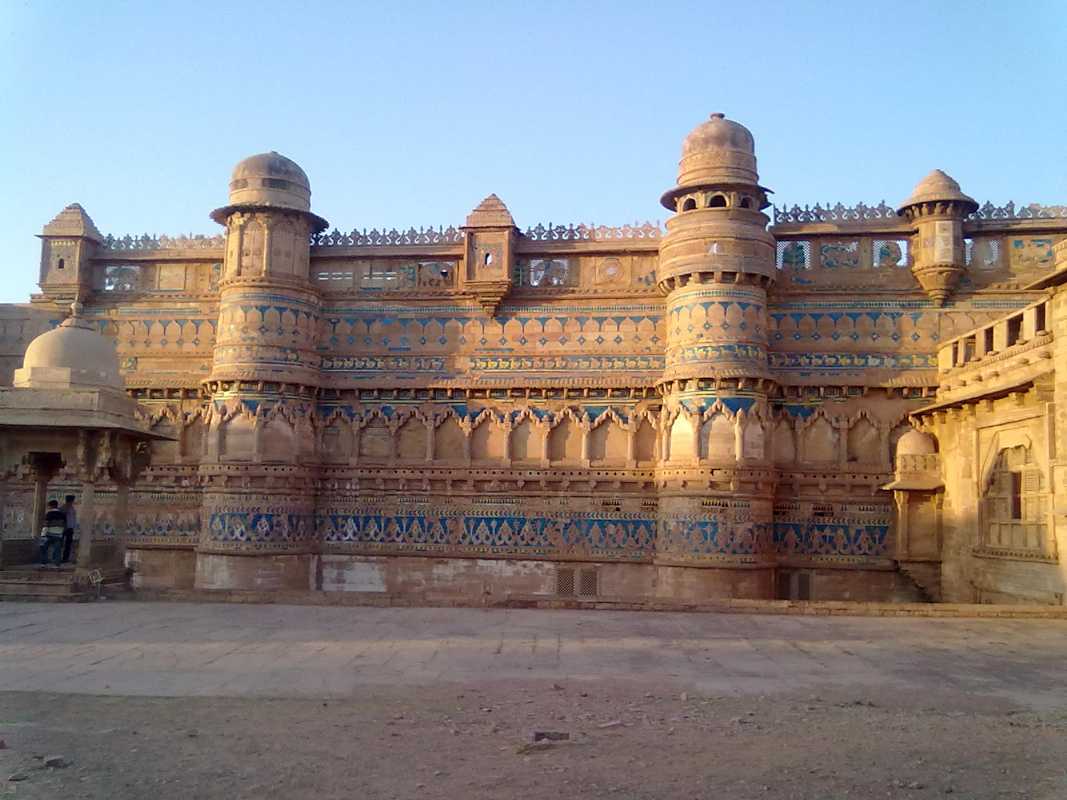Gwalior Fort: A Glimpse Into History And Architecture
Share
Gwalior Fort, perched on a rocky hill in the heart of Madhya Pradesh, India, is not just a fort; it is a testament to the rich history and architectural brilliance of the region. With its towering walls and stunning palaces, this fort has witnessed centuries of battles, royal intrigues, and cultural transformations. Let’s embark on a detailed exploration of Gwalior Fort, its historical significance, and architectural marvels.
Historical Significance of Gwalior Fort

Gwalior Fort has a history that dates back to the 8th century, making it one of the oldest forts in India. Originally built by the Tomar dynasty, it has served as a strategic military outpost due to its elevated position. The fort has been a witness to numerous historical events, including the rise and fall of various dynasties, such as the Mughals and the Scindias.
The fort is famously associated with the legendary king Man Singh Tomar, who is credited with enhancing its grandeur. His reign marked a golden period for Gwalior, as he transformed the fort into a center of art and culture. The fort's history is also intertwined with tales of valor, betrayal, and romance, making it a captivating destination for history enthusiasts.
Architectural Marvels of Gwalior Fort
The architecture of Gwalior Fort is a blend of Hindu, Jain, and Islamic styles, reflecting the diverse cultural influences that have shaped its design over the centuries. The fort is renowned for its impressive sandstone structures, intricate carvings, and majestic palaces.
Key Structures within the Fort
-
Man Mandir Palace: This palace is a prime example of Indo-Islamic architecture, adorned with beautiful blue tiles and intricate carvings. It served as the royal residence and is known for its stunning courtyards and frescoes.
-
Saas Bahu Temples: These temples, dedicated to Lord Vishnu, are famous for their exquisite carvings and intricate sculptures. They are a testament to the artistic prowess of the artisans of the time.
-
Gupta Period Caves: The fort also houses ancient caves that date back to the Gupta period, showcasing rock-cut architecture that is both fascinating and historically significant.
-
Teli Ka Mandir: This temple, dedicated to Lord Vishnu, stands out due to its unique architectural style, combining elements of both Hindu and Buddhist architecture. Its towering structure is a sight to behold.
-
Jai Vilas Palace: Although not part of the original fort, this palace built in the 19th century by the Scindia dynasty is an architectural marvel. It features a blend of European and Indian styles, with lavish interiors and a grand Durbar Hall.
Best Time to Visit Gwalior Fort
The ideal time to visit Gwalior Fort is between October and March when the weather is pleasant and conducive for exploration. During these months, temperatures range from 10°C to 25°C, making it comfortable for outdoor activities. The fort is particularly beautiful during the winter months, as the clear skies and cool breeze enhance the overall experience.
Weather Information
- October to March: Pleasant weather, ideal for sightseeing.
- April to June: Hot summers with temperatures soaring above 40°C.
- July to September: Monsoon season, with moderate rainfall making the surroundings lush but potentially challenging for outdoor activities.
Things to Do Near Gwalior Fort
While Gwalior Fort is a major attraction, the surrounding area offers additional experiences that enhance your visit. Here are some activities you can enjoy:
-
Visit the Gwalior City: Explore the vibrant markets, local cuisine, and cultural heritage of Gwalior city.
-
Gwalior Zoo: A great place for families, the zoo houses various species of animals and provides a fun outing.
-
Tomb of Tansen: Pay homage to the legendary musician Tansen, one of the nine gems of Emperor Akbar's court, at his tomb located nearby.
-
Gwalior Museum: Discover the rich history of the region through artifacts and exhibits that showcase the art and culture of Gwalior.
-
Shopping: Don't miss the chance to shop for traditional handicrafts, textiles, and souvenirs in the local markets.
Booking Your Trip
Ready to experience the grandeur of Gwalior Fort? Ensure your trip is seamless by booking your accommodations and flights in advance. You can find great deals on hotels and flights through the following links:
Memorable Experiences Await
Gwalior Fort stands as a symbol of India's rich heritage and architectural brilliance. Its historical significance, coupled with stunning structures, makes it a must-visit destination for travelers seeking to immerse themselves in the past. Whether you're a history buff, an architecture enthusiast, or simply someone looking for a unique travel experience, Gwalior Fort promises to leave you with unforgettable memories.
As you plan your visit, remember to take in the breathtaking views from the fort's ramparts, explore the intricate carvings, and soak in the stories that echo through its walls. Gwalior Fort is not just a destination; it’s a journey through time that beckons you to uncover its secrets and marvel at its beauty.




